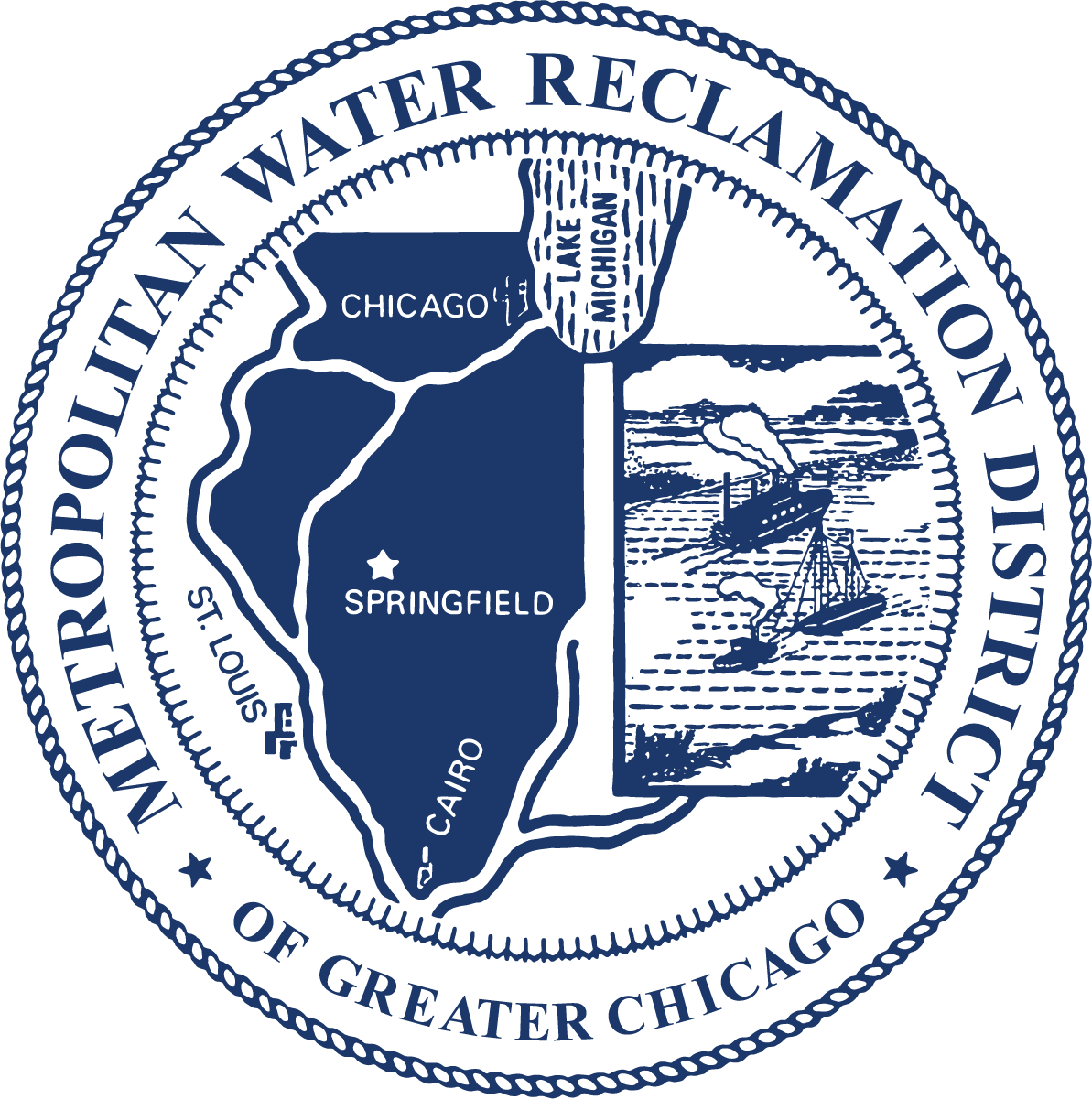Field Day at MWRD site explores strategies to manage nutrients for downstream water quality protection
An annual summertime tradition in downstate Fulton County presented opportunity for collaboration between the Metropolitan Water Reclamation District of Greater Chicago (MWRD) and the agricultural community working together to protect water quality throughout the world.
The annual Field Day near Canton, Illinois on June 20 was made possible through a partnership between the MWRD and Illinois Farm Bureau (IFB), bringing together the Fulton and Cook County farm bureaus, the University of Illinois College of Agricultural, Consumer and Environmental Sciences (ACES), the Illinois Nutrient Research & Education Council (NREC), Illinois Sustainable Technology Center, and National Association of Clean Water Agencies (NACWA) all striving to reduce nutrient runoff.
MWRD Commissioner Daniel Pogorzelski was joined by MWRD Executive Director Brian A. Perkovich and state Rep. Norine Hammond (94th Dist.), MWRD soil scientists and staff, local farmers, university researchers, regulators and wastewater professionals to share and learn about the latest agricultural nutrient research and treatment plant efforts. It is these combined efforts and research that will help farmers and water reclamation plants protect soil and water health.
“Between farm fields and water reclamation plants, we are learning how to better manage nutrients and reduce runoff and pollution into our waterways,” said MWRD President Kari K. Steele. “We hope that what was shared at the Field Day will help us and our partners downstate meet the goal of improving downstream water quality.”
In keeping with its mission to protect water quality, the MWRD makes farm fields at its site in Fulton County available for farmers, researchers and partners to conduct research and demonstrations for practices that reduce nutrient loss at field scale. Reducing discharge of nutrients like phosphorus and nitrogen from farm fields can protect water quality downstream in local waterways and as far as the Gulf of Mexico. Nutrients from water reclamation plants and fertilizer from farm fields can cause algal blooms and threaten aquatic life by depleting dissolved oxygen levels in downstream water.
However, new forecasts from the National Oceanic and Atmospheric Administration (NOAA) show that the summer “dead zone” in the Gulf has shrunk compared to its 36-year history of dead zone average measurements in the region. Officials said this is a step in the right direction for aquatic life and MWRD, Illinois Farm Bureau and University of Illinois collaboration to manage nutrient runoff.
“Although our service area is confined to Cook County, we know that water has no boundaries, and we want to work with the agricultural community and other partners throughout the state to ensure water leaving our communities is not negatively impacting communities downstream,” said Commissioner Pogorzelski. “We are encouraged to see some of these studies and the progress being made at Field Day.”
Addressing nutrient loss reduction strategies requires a comprehensive approach that tackles the issue from multiple angles, from the water reclamation plants in the Chicago area to the farm fields west of Peoria.
“As we continue to act on our state’s Nutrient Loss Reduction Strategy, fostering strong collaborations is a key component of developing education and outreach programs,” said IFB Environmental Program Manager Raelynn Parmely. “Through the Field Day in Fulton County, an extended web of stakeholders and partners from MWRD, IFB, state universities, and others were able to come together to learn about innovative techniques that agricultural partners are using to reduce nutrient losses, as well as the ways that point source and nonpoint source groups can collaborate on NLRS-related initiatives.”
To learn more about Field Day, visit the MWRD’s YouTube channel.
FultonCountyFieldDay_230731.pdf
